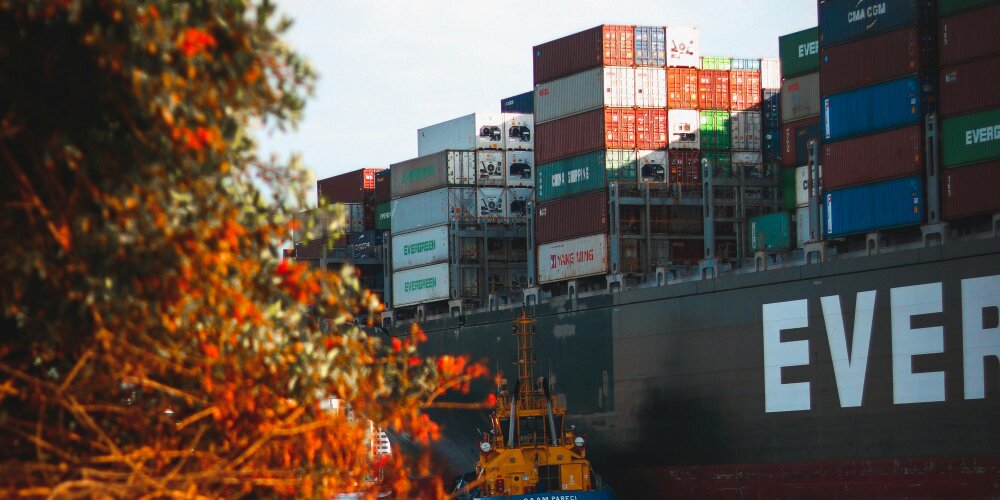Browse our services
Explore how Brookes Bell can help you
Find an expert
Meet our team, find and expert and connect
Contact us
Get in touch, we're here to help

A new analysis from BIMCO has highlighted that containership orders have hit a record high, with more tonnage on the way in 2025. This comes off the back of a trend which has seen carriers ordering larger vessels in order to meet capacity demands.
Niels Rasmussen, the chief shipping analyst at BIMCO who carried out the analysis, characterised the situation as follows:
“At the end of 2024, the containership order book was 8.3 million TEU, a new record compared with the previous high of 7.8 million TEU in early 2023”.
Deliveries also hit a record high in 2024, with 2.9 million TEU delivered. Orders also surged during 2024, with an additional 4.4 million TEU being added to the orderbooks; a number that represents the second-highest level of capacity ordered in a year.
BIMCO also highlighted the current state of the containership fleet - which stands at 7,200 containerships with a total capacity of just under 31.5 million TEU.
Rasmussen’s analysis also highlights the industry’s trend toward ever-larger vessels. Of the current orderbook, 92 percent is for vessels of 8,000 TEU or larger. 46 percent of the orderbook is made up of vessels of between 12,000 to 17,000 TEU.
It has been speculated that some of the new tonnage is for fleet replacement rather than expansion. This certainly seems to be the case for carriers like Maersk that have stated they will be using new orders to maintain their fleet size whilst meeting pending emissions regulations.
BIMCO’s analysis of the containership segment also sheds light on the dearth of ship recycling in recent years. Their analysis highlights that over the past four years only 166 containerships with 256,000 TEU of capacity were recycled. This has resulted in the average age of the global containership fleet increasing; Rasmussen states that the fleet has aged by 1.4 years since 2020.
Commenting on this lack of recycling, Rasmussen says:
“It would require 680,000 TEU per year to recycle all ships 20 years old or older during the next five years, but actual recycling is likely to end lower.
As long as ships cannot fully return to the Red Sea, recycling will likely continue to be low and at the same time, the smaller ship segments tend to be recycled later than average. Therefore, average annual fleet growth during the next five years could end higher than 3 percent”.
Much of the orderbook growth appears to have come from the major carriers. MSC has grown to over 6.3 million TEU; Alphaliner states that the carrier also has an additional 2.1 million TEU on order. CMA CGM, meanwhile, has the segment’s second-largest orderbook of 1.15 million TEU.
The global containership segment continues to be the lifeblood of international trade. But, with large vessels traversing the world’s oceans there is always a risk of the worst happening.
In fact, according to the World Shipping Council, approximately 1,300 containers are lost at sea every year.
Not only do container casualties represent a threat to shipping, but can result in losses for multiple stakeholders.
When carriers do experience a container casualty event, what do they do? They turn to Brookes Bell. Our team of experienced Master Mariners, marine engineers, cargo scientists, fire investigators, and naval architects work as a single team at every stage of a casualty event to get the answers you need.
For more maritime industry insights, news and information, read the Brookes Bell News and Knowledge Hub…
Ageing Fleet to Be Replaced by Massive Containership Orderbook | China Dominates With 70% of Global Green Ship Orders | CCS Five-in-One ‘Foldable’ Container Set to Transform Global Box Logistics